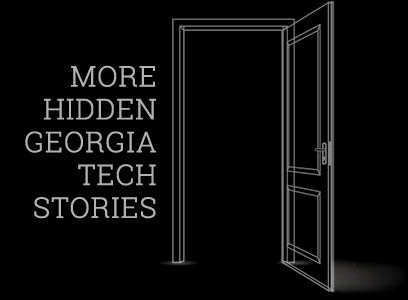
Hidden Georgia Tech: Architectural Details Two
By Victor Rogers december 11, 2017
Across the Georgia Tech campus, hidden spaces and forgotten places await rediscovery. Some are relics of an earlier time, difficult to find and explore. Others are very much in view, but often overlooked. Hidden Georgia Tech is a photo essay series highlighting places on campus that are hidden in plain sight.
ARCHITECTURAL DETAILS, PART II
With 400 acres and nearly 160 buildings, Georgia Tech’s main campus is filled with a range of architectural styles, from Collegiate Gothic when the university opened to recent additions in Late Modern and Post Modern styles.
Part Two of this three-part essay on architectural details will explore buildings in the center of campus and a few along — or close to — Ferst Drive.
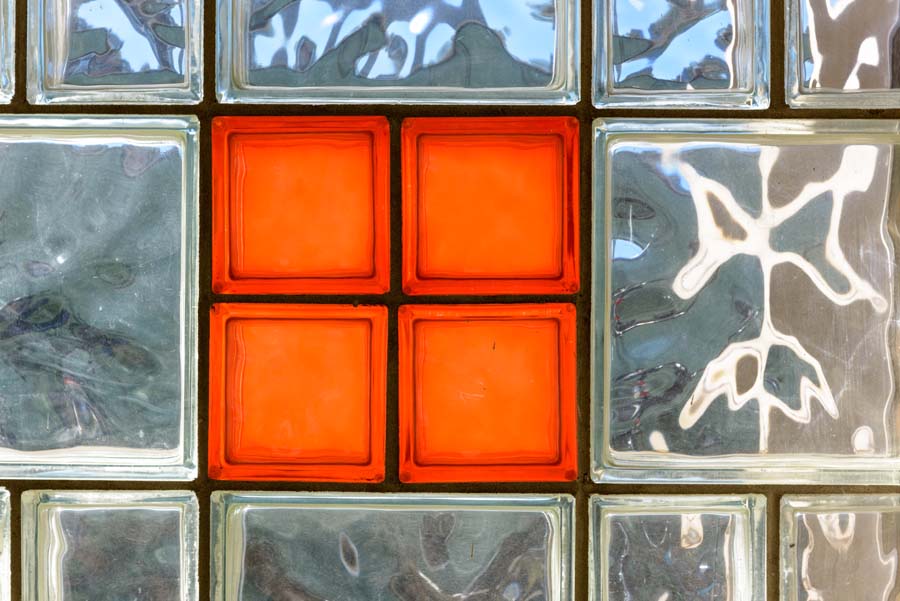
The design of the Blake R. Van Leer Building includes a screen wall of perforated block, some infilled with colored or tinted glass.
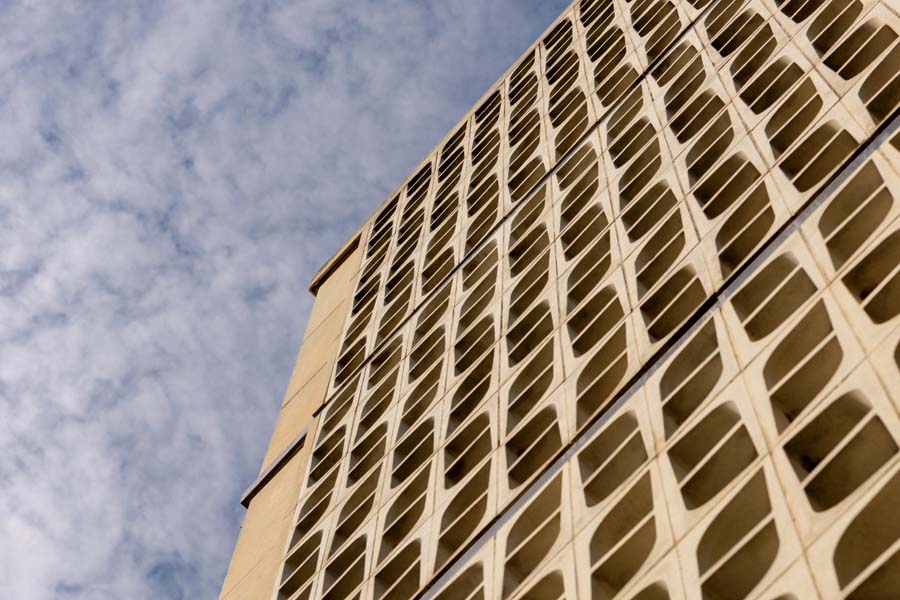
Walls of patterned concrete blocks let in both light and air for the Van Leer Building.
![The façade of Paul Heffernan’s “Architecture Building” [College of Design, constructed in 1952] is accented by a white marble slab, treated as a planar accent in a “functionalist” building that was highly progressive for its day.](/archive/sites/default/files/uploads/images/gallery_images/18c10302-p8-001.jpg)
The façade of Paul Heffernan’s “Architecture Building” [College of Design, constructed in 1952] is accented by a white marble slab, treated as a planar accent in a “functionalist” building that was highly progressive for its day.
![The sculptural concrete “brutalist” exterior staircase of the West Architecture Building [College of Design, constructed in 1980] was inspired by the pioneering modern architect Le Corbusier.](/archive/sites/default/files/uploads/images/gallery_images/18c10302-p8-002.jpg)
The sculptural concrete “brutalist” exterior staircase of the West Architecture Building [College of Design, constructed in 1980] was inspired by the pioneering modern architect Le Corbusier.
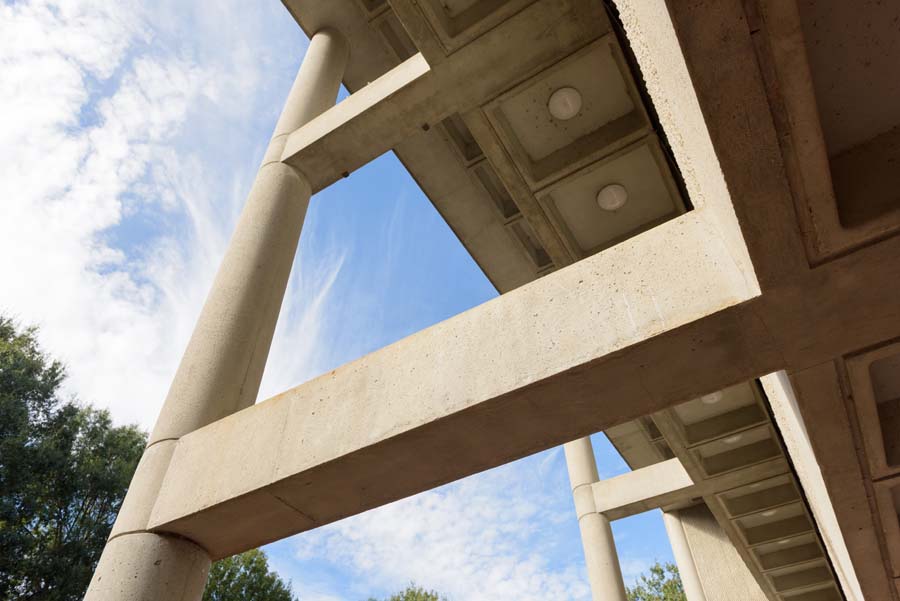
The open structural framework of the West Architecture Building creates a porch-like sheltered extension of lobby space.
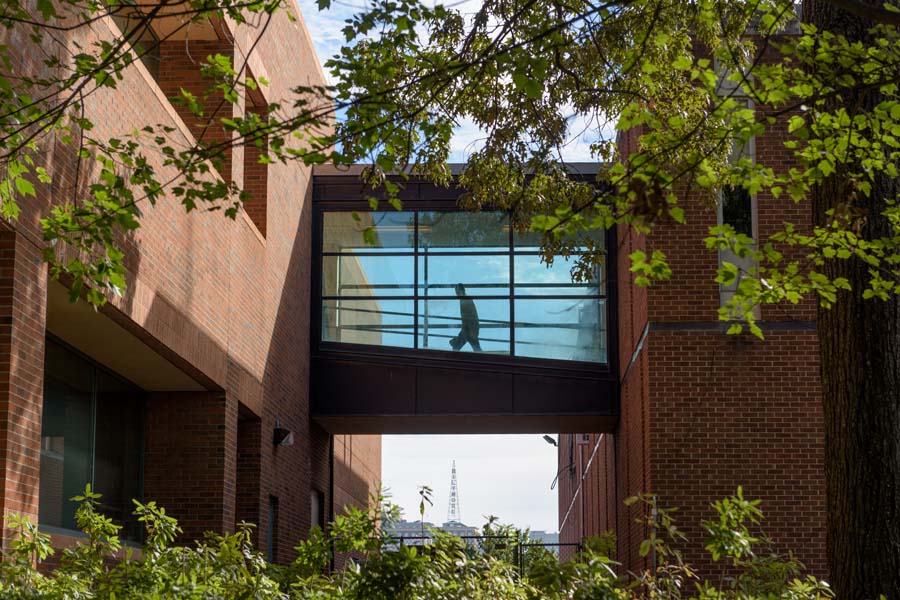
A skywalk bridge connects the Van Leer Building and the Pettit Microelectronics Research Center. The Biltmore tower is visible in the distance.
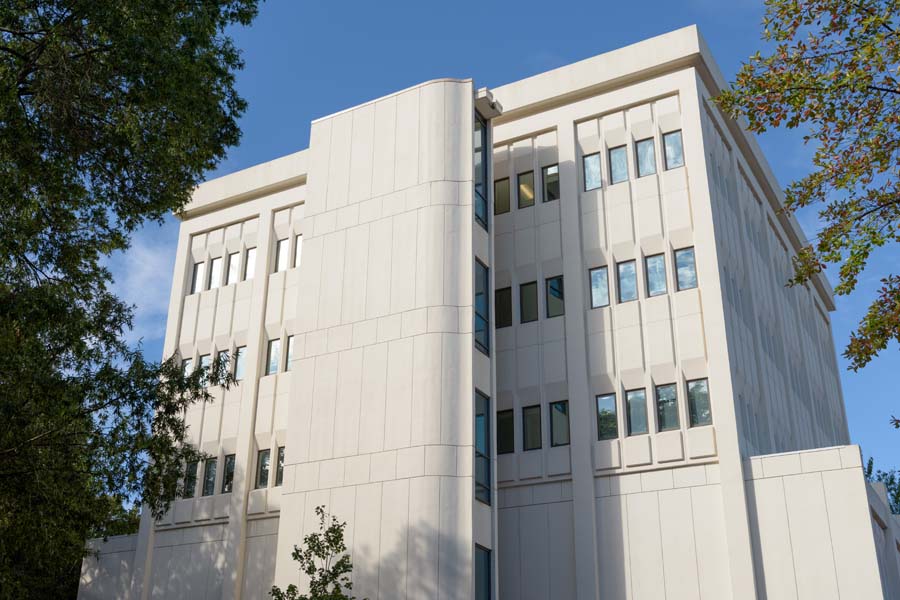
The Jesse W. Mason Building has precast window panels, with the balance being traditional cast-in-place. The entire building, including the stair tower in front, is covered with painted stucco.
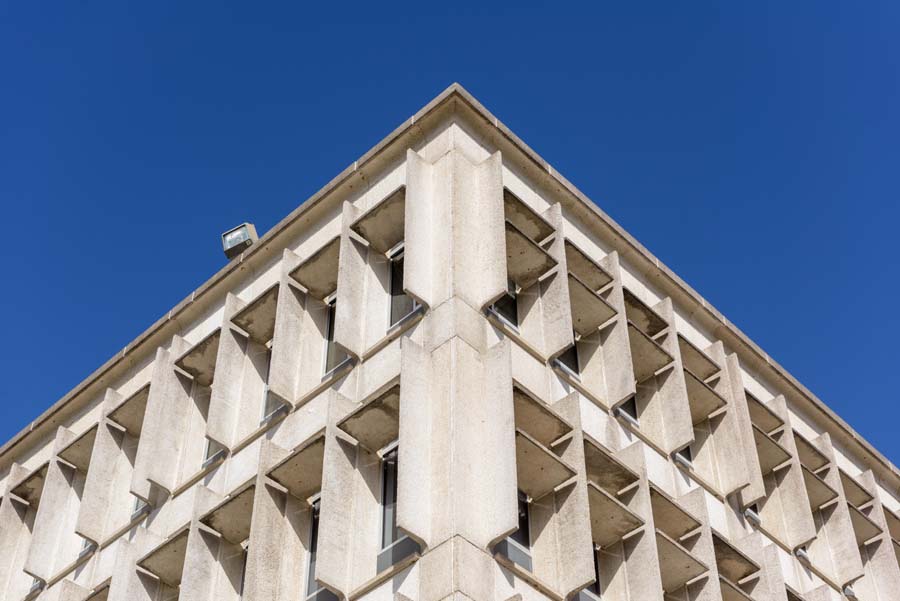
The Bunger-Henry Building’s concrete slabs serve as sun screens for the windows and provide a rich texture across the facades.
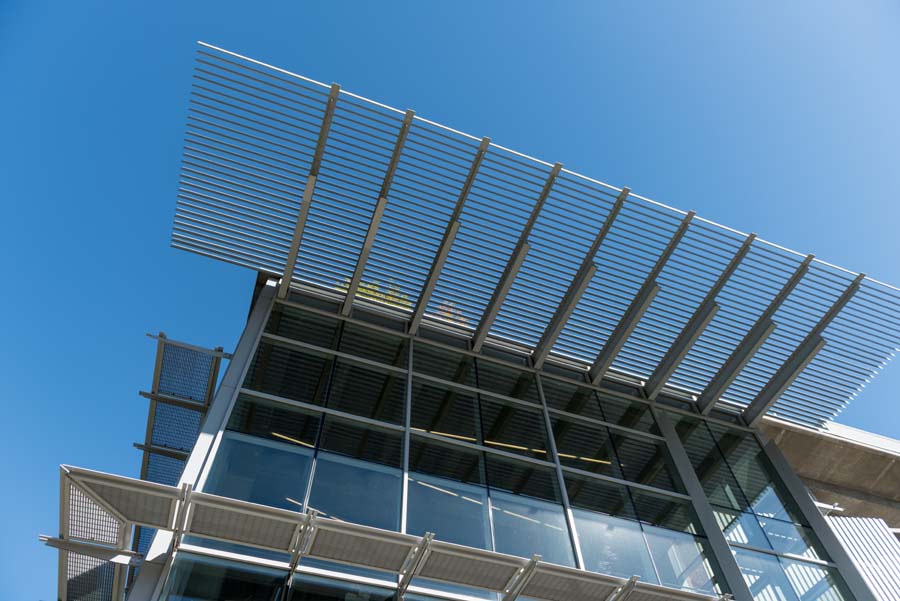
The metal screen above the entrance to Clough Undergraduate Learning Commons is one of several design features contributing to the lower energy consumption of this green building.
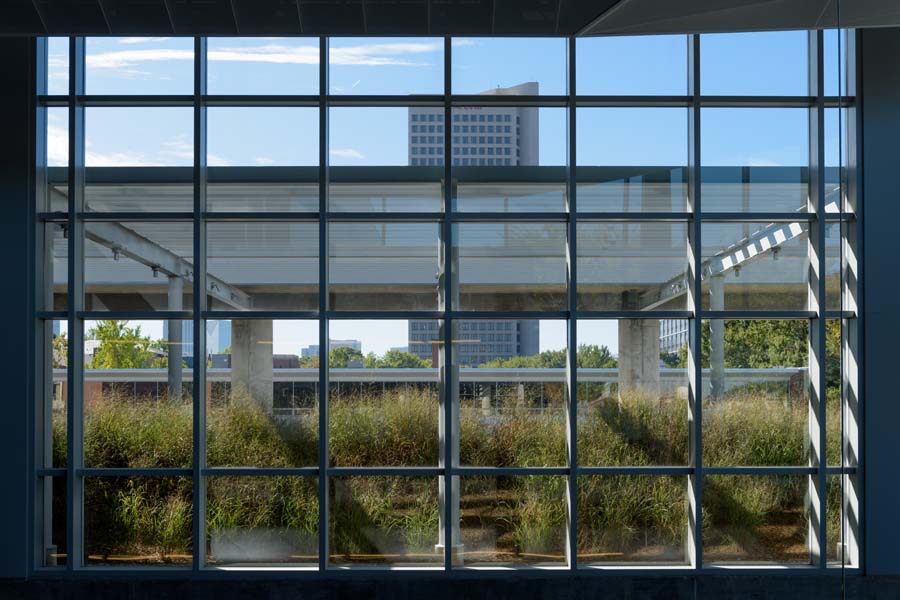
View of the rooftop garden from inside Clough Commons, with Coca-Cola headquarters in the distance.
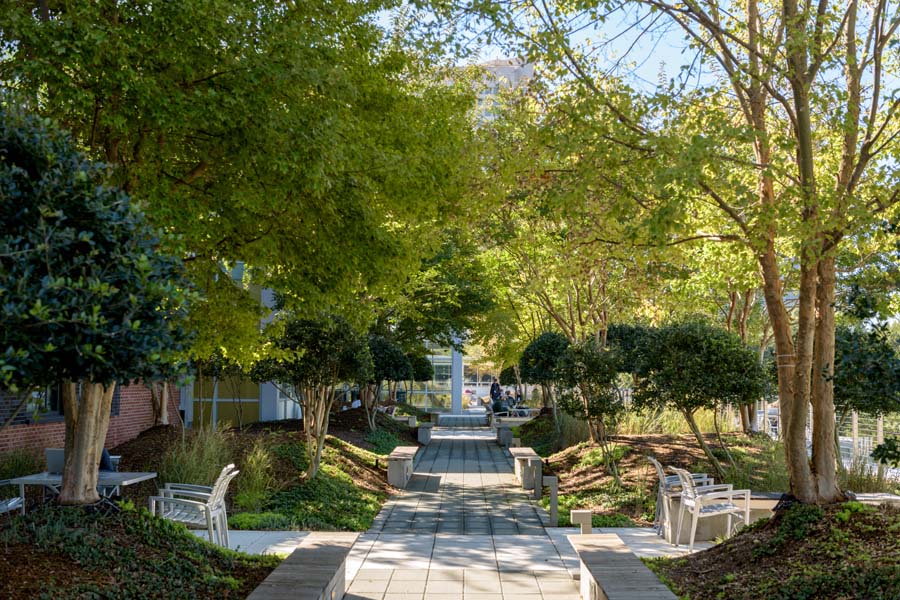
The rooftop garden of Clough Commons has built-in seating along the walkway.
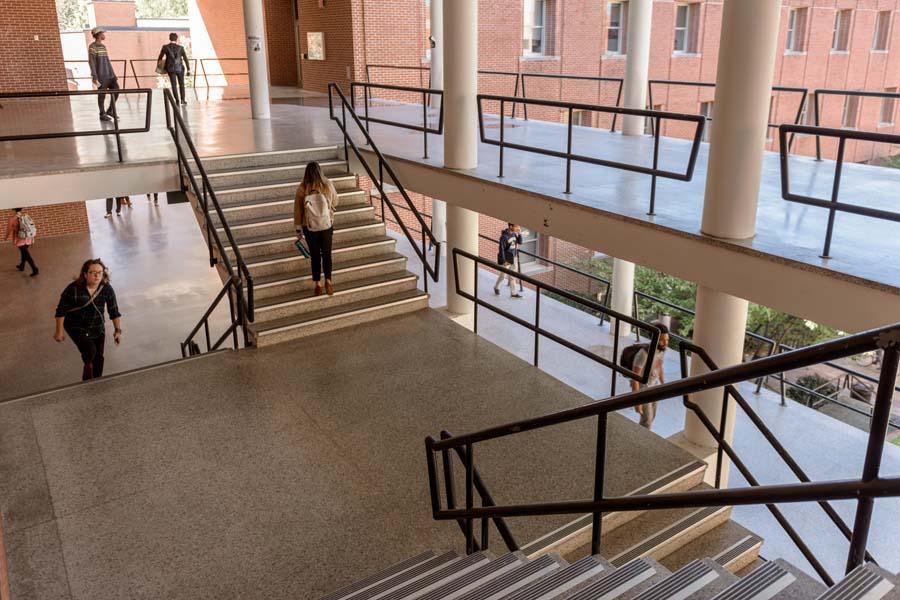
The William Vernon Skiles Classroom Building has open staircases overlooking the inner court.
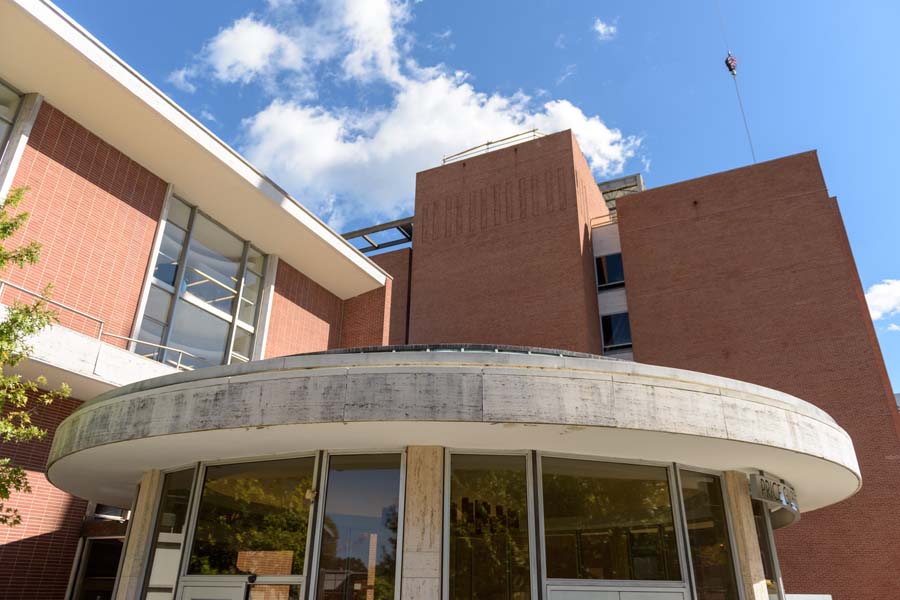
The circular form of the rotunda at the Price Gilbert Library makes an event of the act of arrival and entry.
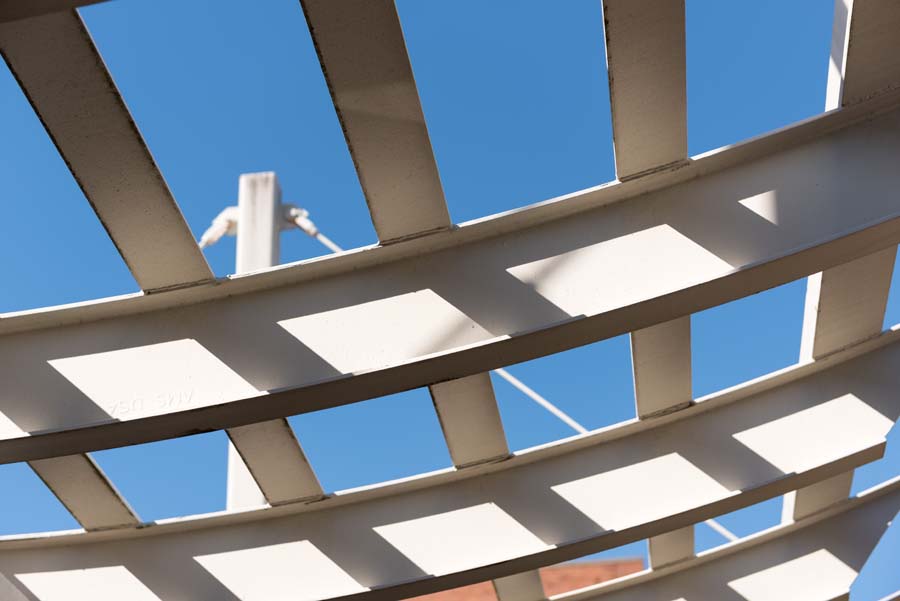
An open, inverted-arch canopy suspended from posts adorns the entry to the Penny and Roe Stamps Student Center Commons.
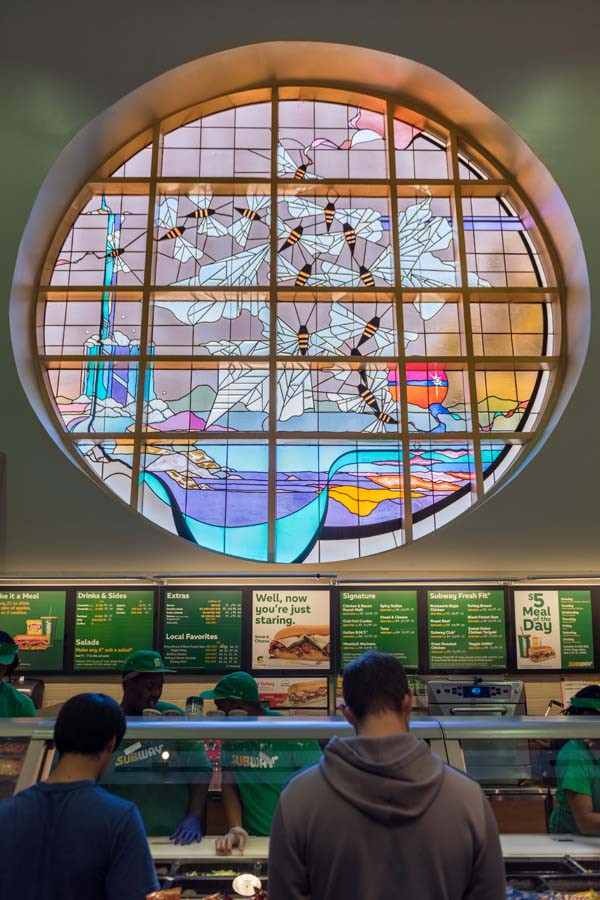
“The Spirit of Tech” stained glass (viewed from the food court), designed by Seranda Vespermann and fabricated by Christopher Vespermann in 1985.
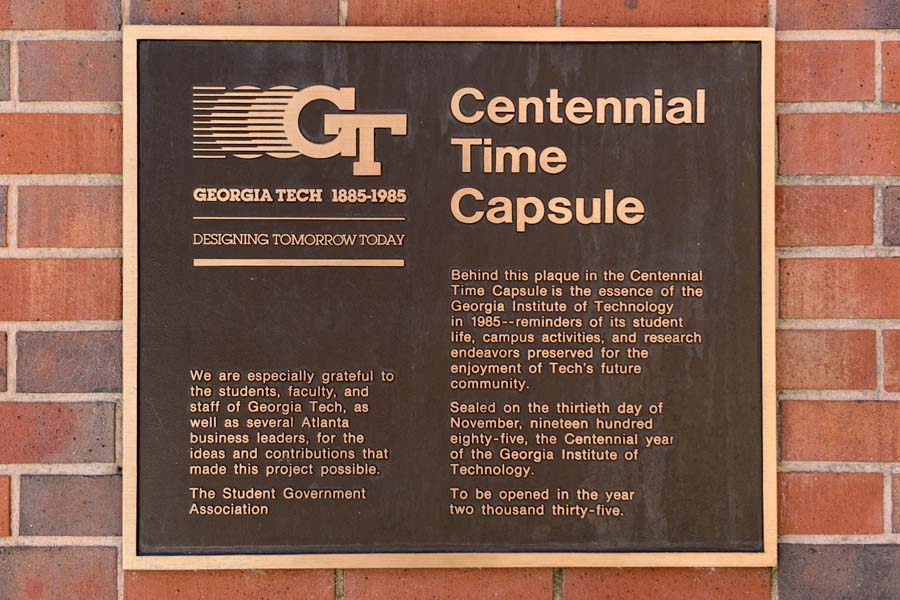
A time capsule — representing the essence of Georgia Tech in 1985 — is located in a wall of the Student Center and will be opened in 2035.
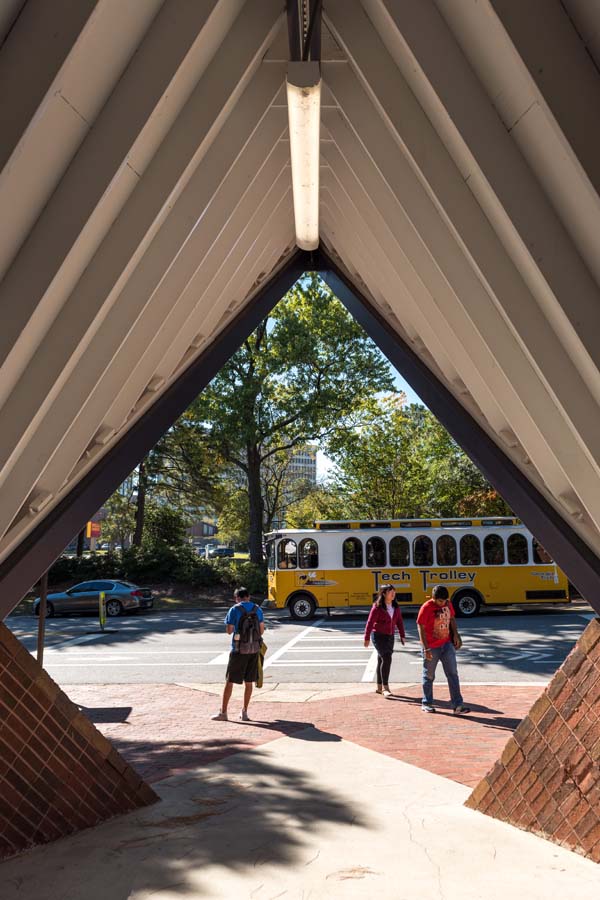
The bus shelter on Ferst Drive is a great spot to wait for the Tech Trolley.
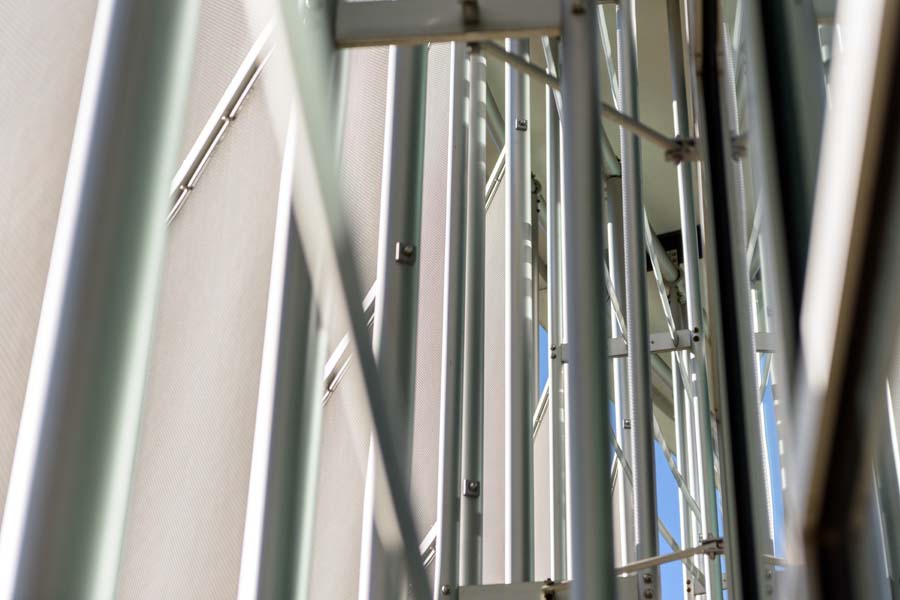
A close-up of the Joseph Brown Whitehead Building (Stamps Health Services).
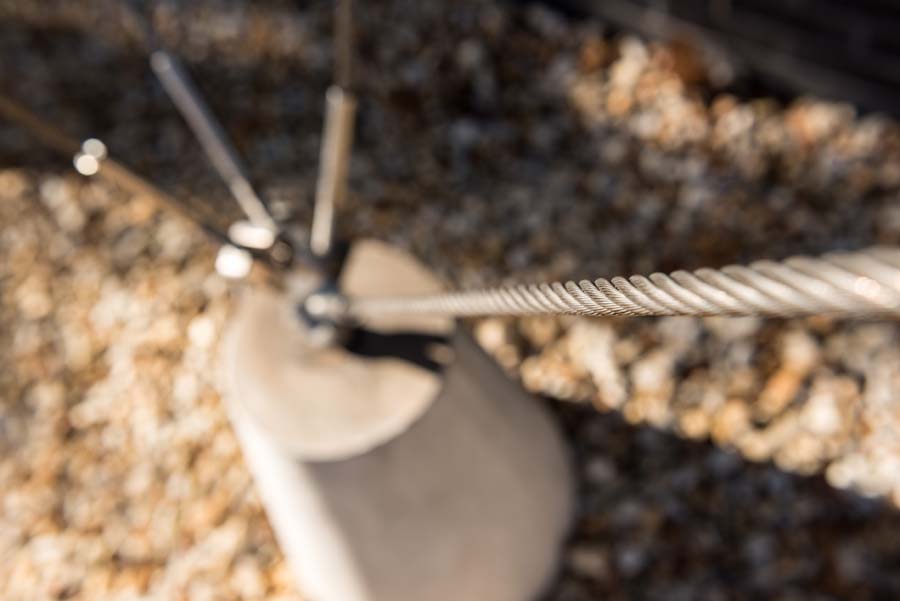
Tension cables converge on a truncated concrete cone at the Joseph Brown Whitehead Building.
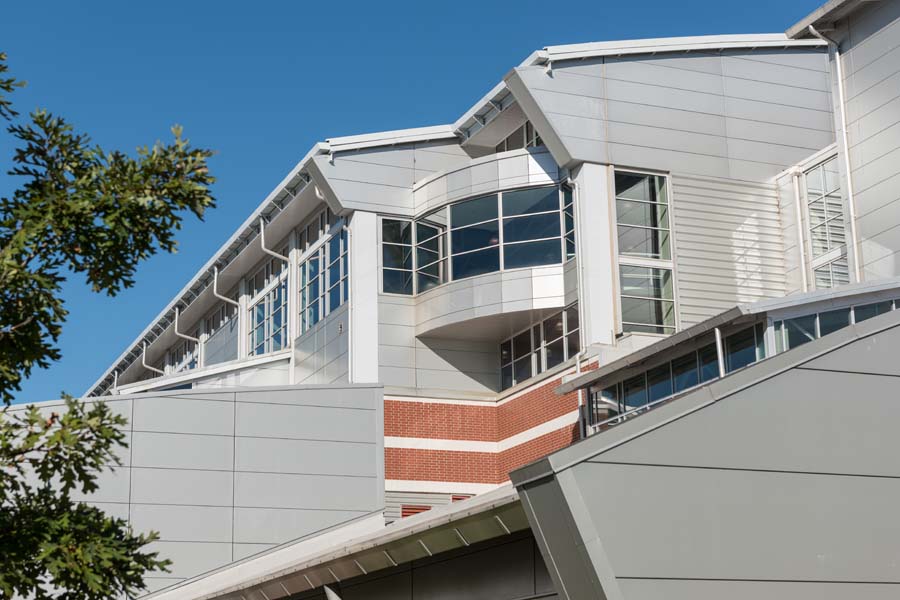
The Campus Recreation Center has an indoor track that goes through this part of the building.

Glass-enclosed walkways connect the Groseclose Building and the Main Industrial and Systems Engineering Building.
![The courtyard columns of the ISyE Complex reference Early Modern treatments of the same at the 1952 Architecture Building [College of Design].](/archive/sites/default/files/uploads/images/gallery_images/18c10302-p8-015.jpg)
The courtyard columns of the ISyE Complex reference Early Modern treatments of the same at the 1952 Architecture Building [College of Design].
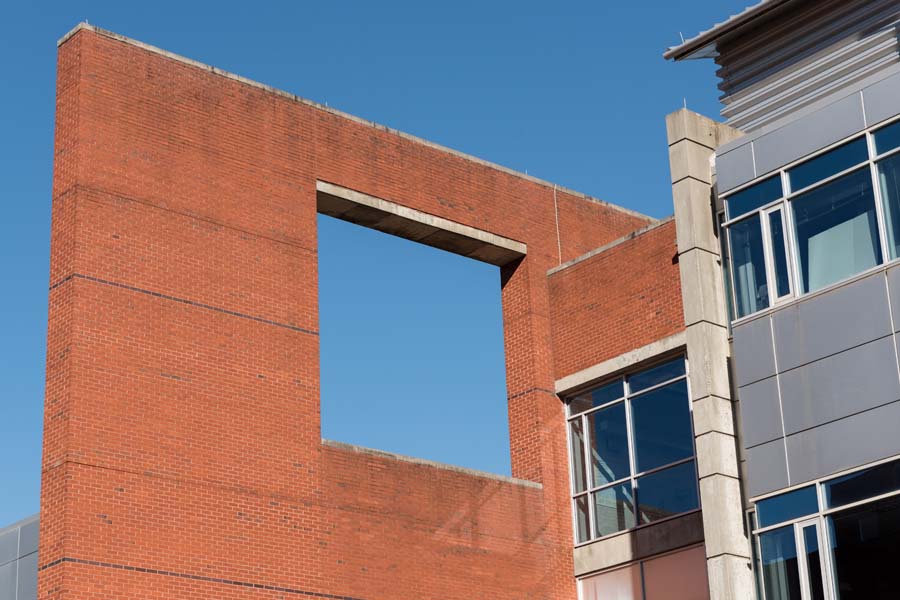
Wall planes mix open and glazed, solid and interpenetrating rectangles at the J. Erskine Love Jr. Manufacturing Building.
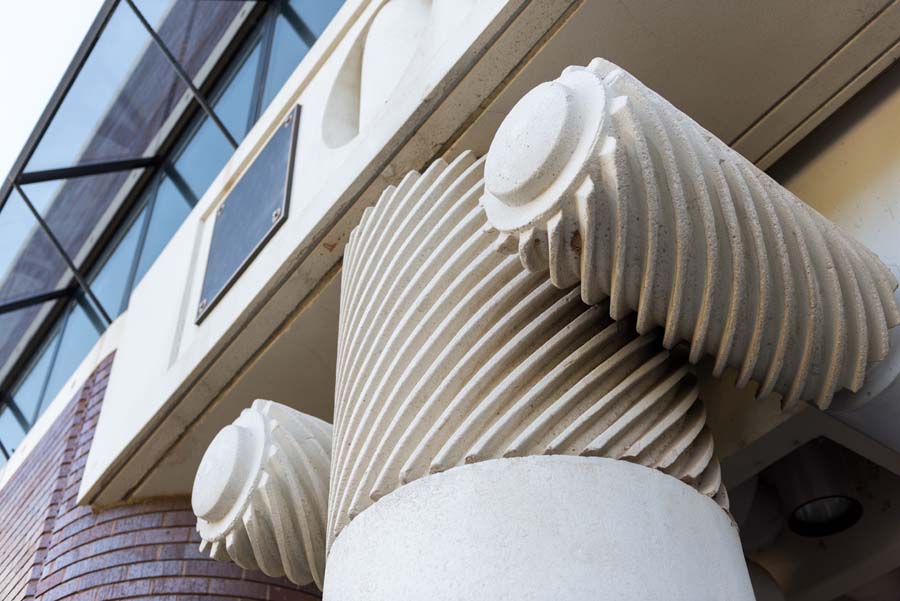
Ratchet gears recall classical Ionic volutes at the entrance to the Fuller E. Callaway Jr. Manufacturing Research Center on Ferst Drive.
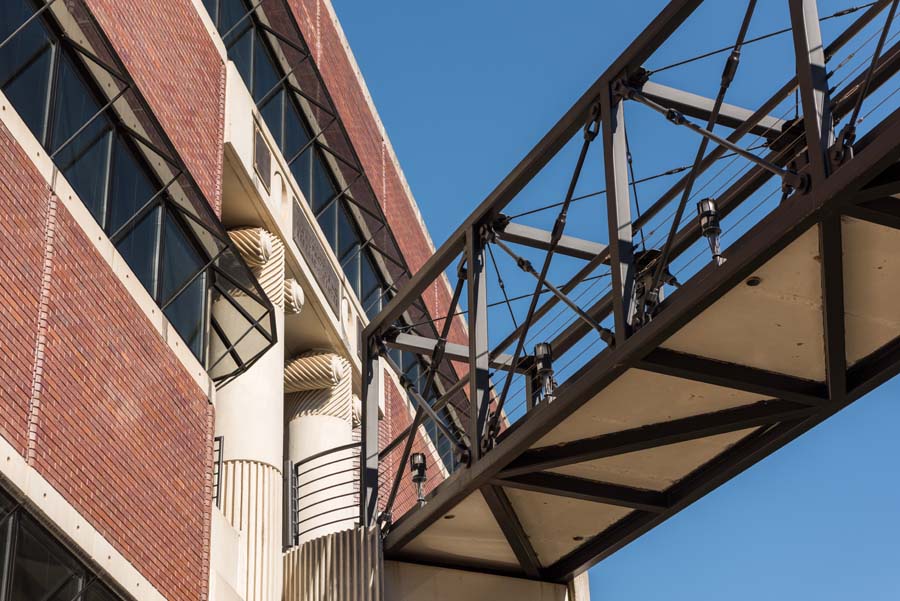
Pedestrian bridges dramatize arrival and entry into the Fuller E. Callaway Jr. Manufacturing Research Center.
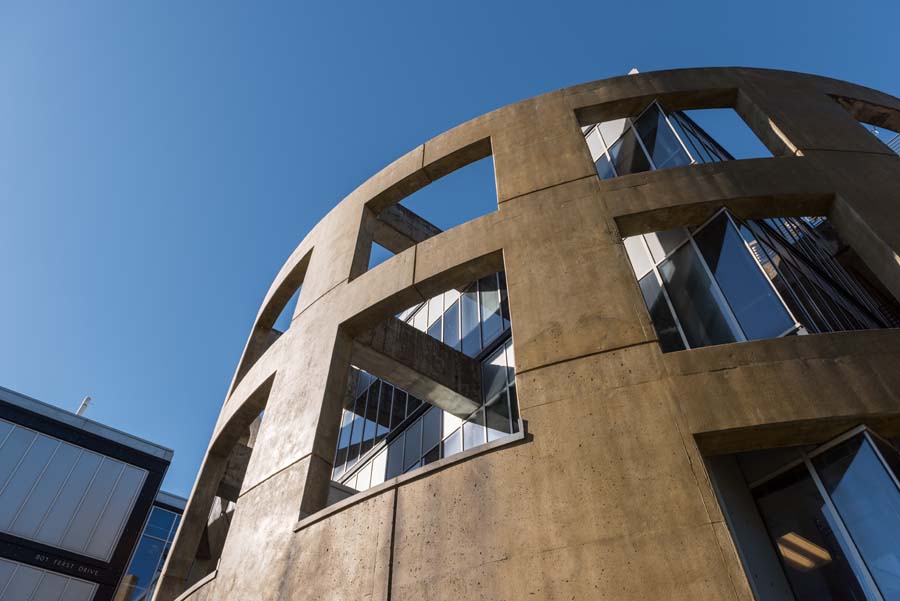
Monumental cylinders recall industrial oil drums at the second Lord Aeck and Sargent building at the Manufacturing Related Disciplines Complex.
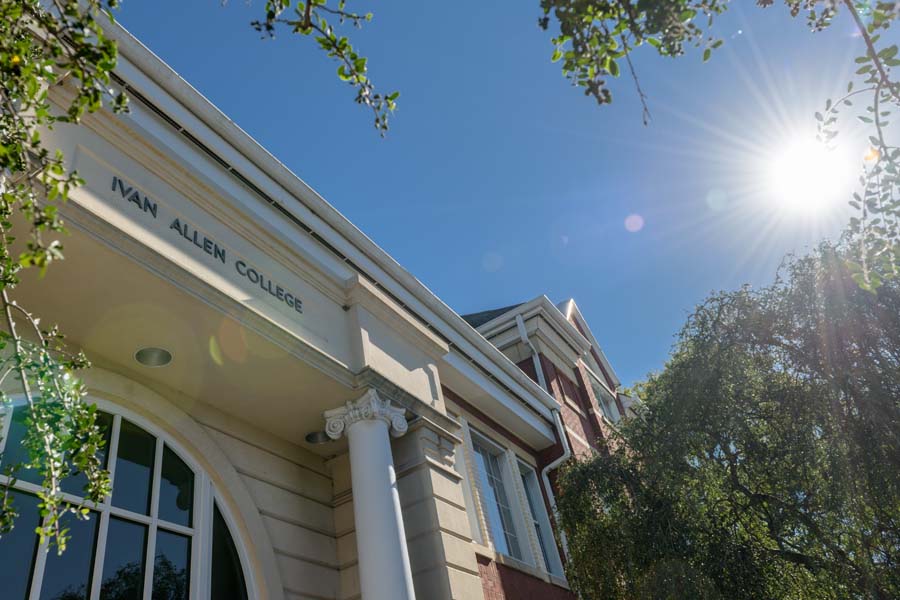
Classical columns and rustication are features of the Ivan Allen College of Liberal Arts, whose Habersham Building was originally constructed as a bank.
Do you know a hidden place on campus that should be featured?
Email us at editor@comm.gatech.edu
Writer: Victor
Rogers
Photographer: Rob Felt
Architecture historian: Robert M. Craig, Professor Emeritus, College of Design

